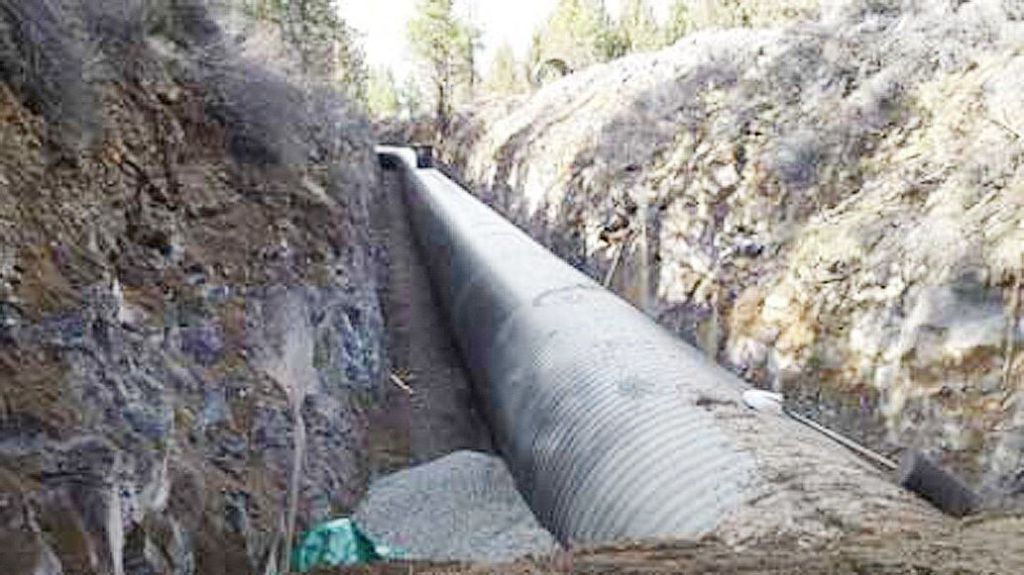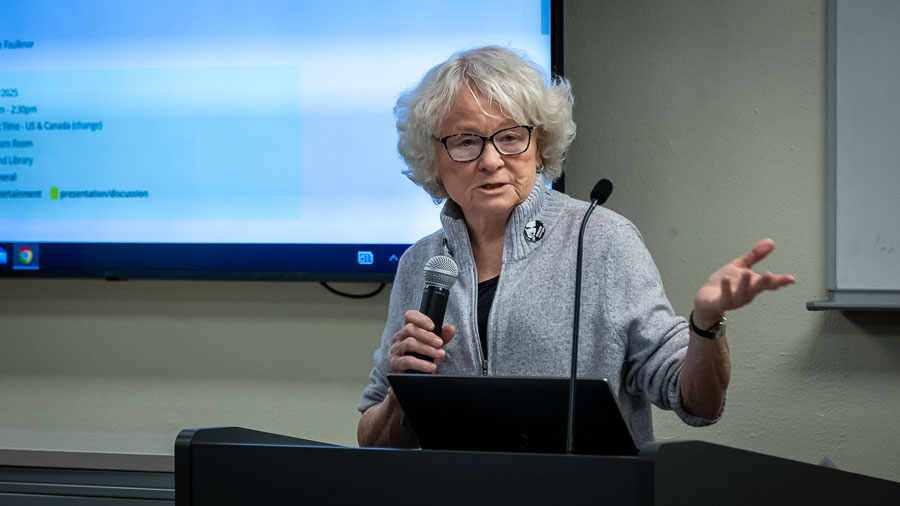OTHER VIEWS: Irrigation canals aren’t suburban water features
Published 7:00 am Friday, September 8, 2023
A pair of federal judges have rightly rejected the arguments of residential property owners who are trying to stop two Central Oregon irrigation districts from replacing open canals with piping.
The Arnold and Tumalo irrigation districts have both encountered litigation from neighbors opposing canal piping, which is intended to conserve water.
The Tumalo Irrigation District, which manages 80 miles of canals and pipelines that serve about 7,400 acres, typically lost half the water running through open canals. The Arnold Irrigation District’s main canal loses 34% of its water to seepage every year.
Such losses disrupt irrigation when below-average snowpacks reduce the water supply, with federal protections for the threatened Oregon spotted frog further aggravating the problem. The U.S. Department of Agriculture has approved funding for the projects.
Plaintiffs claim USDA failed to comply with the National Environmental Policy Act by failing to consider (and select) conservation options that would keep the canals open.
Save Arnold Canal, a grassroots movement made up mainly of residents near the canal, filed the lawsuit with the U.S. District Court in Eugene. They argue that if the pipe is installed it will kill off a water source needed by trees, plants and animals in the area. Property values — and we suspect this is the real nub — will also decline when the open water flowing behind their homes disappears, they say.
Property owners say they favor water conservation measures that will keep the canals open and still allow some water to seep into the surrounding ground for flora.
A federal judge has now rejected a preliminary injunction sought by the Save Arnold Canal nonprofit and several landowners, who claimed the Arnold Irrigation District’s project violated federal environmental law and the terms of the canal easement.
The opponents claimed that USDA provided funding for the project without complying with the National Environmental Policy Act by failing to consider enough alternatives to the 12-mile pipeline, such as lining the canal but leaving it open.
While the landowners are “particularly aggrieved” that canal lining wasn’t chosen, U.S. District Judge Michael McShane said the USDA adequately reviewed this option and rejected it due to valid public safety concerns — open canals present a drowning hazard.
He also rejected arguments that the piping violates the district’s easements.
In the lawsuit against the Tumalo Irrigation District’s project, a federal magistrate judge has recommended dismissing the remaining federal claims in the case. Arguments alleging the canal replacement violated the irrigation district’s easement terms were rejected last year.
U.S. Magistrate Judge Mustafa Kasubhai has disagreed with allegations that USDA violated NEPA by insufficiently analyzing its financial support of the project.
Let the appeals begin, but we can’t imagine that even the 9th U.S. Circuit Court of Appeals could deny the commonsense logic of these decisions.
Irrigation canals exist for the exclusive purpose of delivering water to water right holders. They are not suburban water features.











